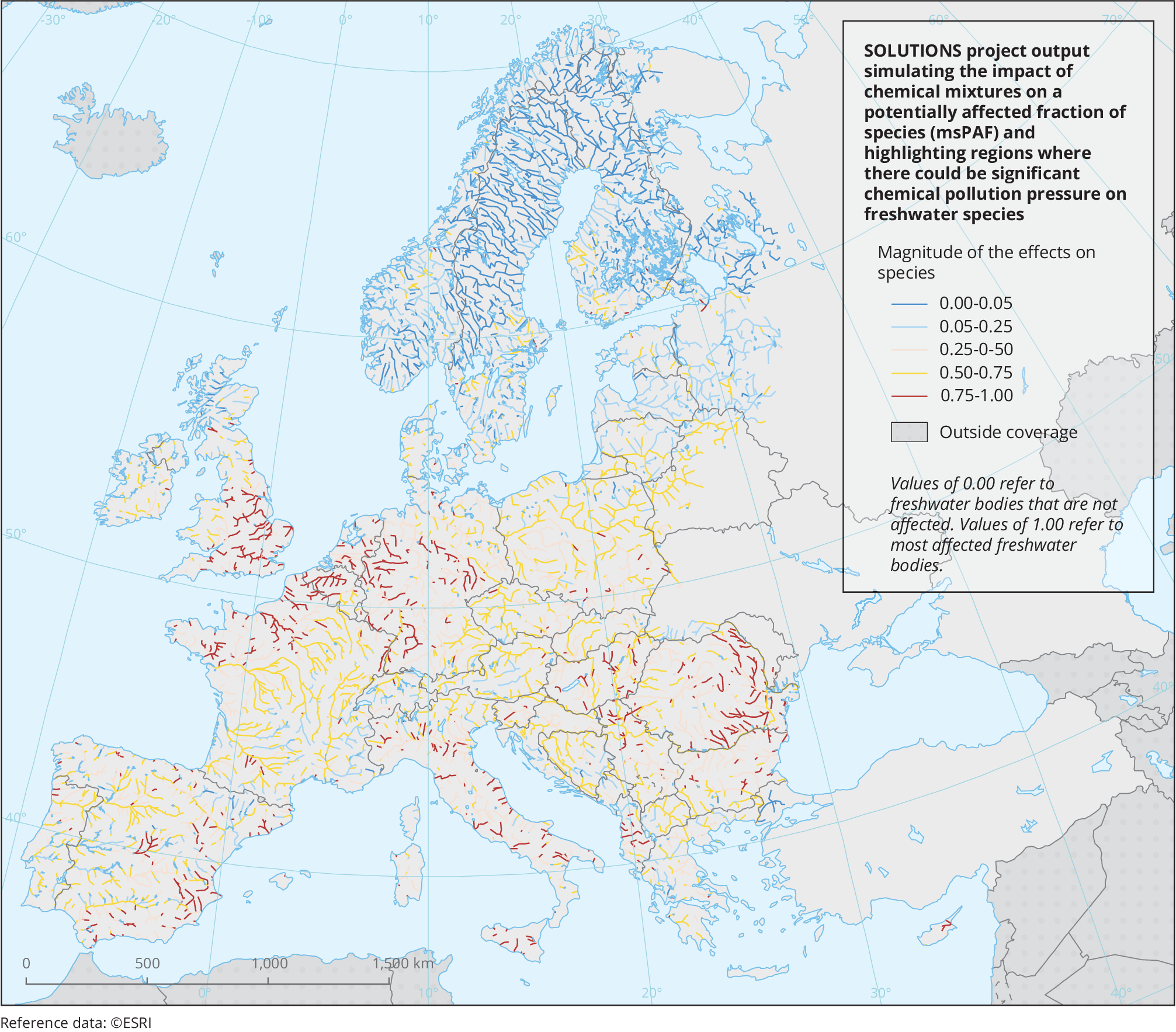Lambert, S. and Wagner, M., 2018, ‘Microplastics are contaminants of emerging concern in freshwater environments: an overview’, in: Wagner, M. and Lambert, S. (eds), Freshwater microplastics: emerging environmental contaminants?, Springer Open,pp. 1-23 (978-3-319-61615-5.pdf (springer.com).
Piskuła, P. and Astel, A. M., 2022, ‘Microplastics occurrence in two mountainous rivers in the lowland area — a case study of the central Pomeranian region, Poland’, Microplastics 1(1), pp. 167-185 (https://doi.org/10.3390/microplastics1010011).
Sarijan, S., et al., 2021, ‘Microplastics in freshwater ecosystems: a recent review of occurrence, analysis, potential impacts, and research needs’, Environmental Science and Pollution Research 28, pp. 1341-1356 (https://doi.org/10.1007/s11356-020-11171-7).
Scherer, C., et al., 2020, ‘Comparative assessment of microplastics in water and sediment of a large European river’, Science of the Total Environment 738, 139866 (https://doi.org/10.1016/j.scitotenv.2020.139866).
Yardy, L. D., et al., 2022, ‘Microplastics in freshwater ecosystems with special reference to tropical systems: detection, impact, and management’, Emerging Freshwater Pollutants pp. 151-169 (https://doi.org/10.1016/B978-0-12-822850-0.00017-X).

Document Actions
Share with others